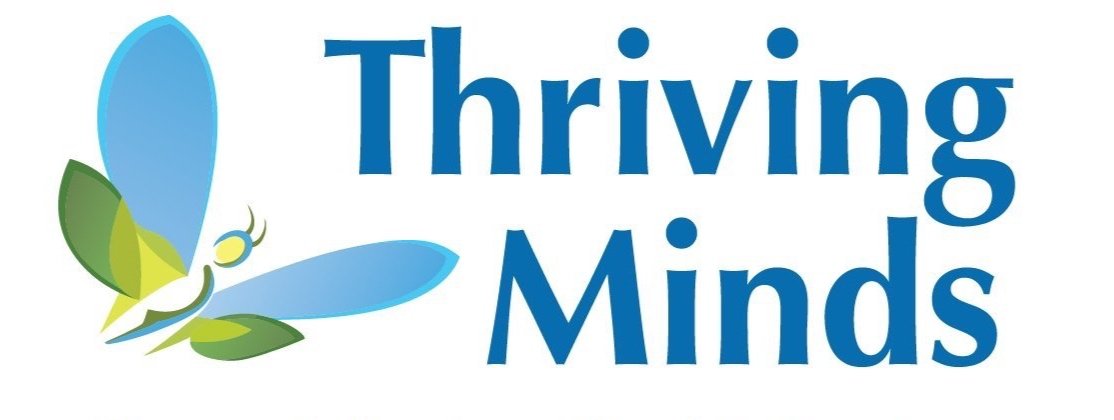Beyond Selective Mutism: How Exposure Therapies Can be Applied to a Range of Fears
Selective mutism is an anxiety disorder, meaning that the act of not speaking in certain situations is driven by fear. However, it is not uncommon for individuals with a specific anxiety disorder such as selective mutism to also present with other heightened fears or anxiety disorders. This article examines how the approach to treating selective mutism, which is rooted in principles of exposure therapy, can be extended to other anxieties and areas of avoidance that a child may be experiencing.
Exposure therapy involves approaching a feared stimulus rather than resorting to escape or avoidance. However, exposure itself—that is, approaching the feared stimulus—is only one of multiple necessary elements in the treatment of anxiety disorders. In day-to-day life, people are faced with numerous stressors and worries. Some children and teens avoid those situations entirely to reduce their anxiety. Alternatively, an adolescent with social anxiety may be able to get through their class presentation instead of avoiding it entirely, but do so with significant distress. Additionally, they may engage in safety behaviors. Safety behaviors are actions taken by individuals in attempt to diminish feelings of distress or anxiety. While these behaviors are well-intentioned, they often perpetuate anxiety in the long-run.
Imagine a teen who was worried about their upcoming presentation and asked their teacher to submit a pre-recorded version for the class to watch instead of presenting live, which the teacher approved. In the short-term, this would likely provide the teen some relief. However, what the teen is learning in this case is not necessarily helpful. Specifically, rather than learning that they are resilient and can handle hard things, as well as potentially becoming more comfortable with presenting in front of a group of people over time, their brain may think the only reason they got through the experience was because they pre-recorded the presentation. In this instance, therefore, pre-recording the presentation is the safety behavior—that is, a decision made in attempt to temporarily quell anxious feelings. However, because the brain continues to view the situation as dangerous (because it was avoided), anxiety about presenting is maintained over time, potentially making the task progressively more worrisome and difficult. Anxiety and avoidance are tightly linked, meaning that the teen may then continue to avoid presentations over and over. This is, of course, not ideal for the teen or their caregivers.
Furthermore, exposure therapy involves not only “facing the fear,” but also resisting safety behaviors to leave room for learning. This may begin with practicing the presentation live at home in front of parents and siblings rather than a class full of peers, for example. Over time, the exposure practices become more difficult to match the final task. This allows the individual to gain increased confidence in their ability to complete the task and manage difficult emotions.
The concept and process of exposure therapy can be applied to most significant anxieties that an individual is experiencing, whether that be related to selective mutism, social anxiety, panic disorder, a phobia of vomiting, or otherwise. Ultimately, the goal of exposure therapy is to foster resilience and re-engage with a world that may have become small due to excessive fears and avoidance. Providers at Thriving Minds have extensive experience with exposure therapy and anxiety disorders. Contact the clinic for more information or to book an initial consultation.

